Dogs have their own way of expressing anxiety—like excessive barking, pacing, or hiding in odd places. These signs might seem subtle at first, but they’re your dog’s way of saying, “Hey, I’m not okay.” The good news? There are plenty of gentle, effective ways to help them feel safe and calm, from calming scents to more structured routines. Understanding their triggers is the first step. With a little patience and love, you can be the comforting presence they need when the world feels overwhelming.
Restlessness: The Pacing Puzzle
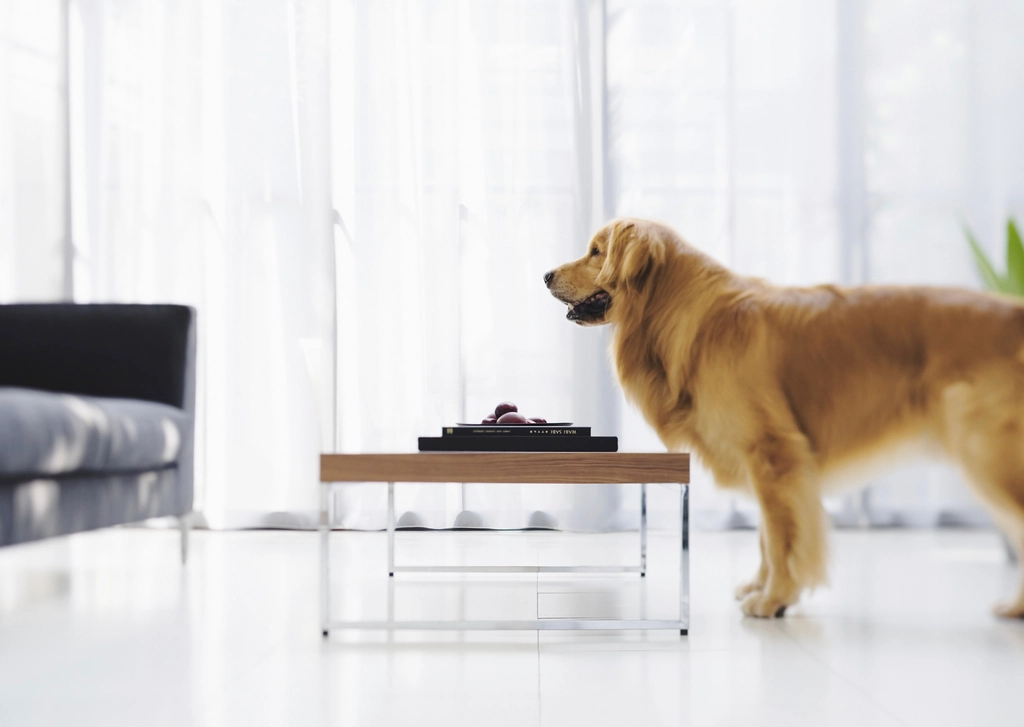
Does your dog seem to wander back and forth, unable to settle down? Restlessness is a classic sign of anxiety. Instead of curling up for a cozy nap, anxious dogs often pace around the room, sometimes even circling the same spot repeatedly. This behavior can be especially noticeable during stressful events, like fireworks or when guests visit. It’s almost as if they’re searching for an exit from their worry. If you notice your pup can’t relax, even in their favorite spot, it’s time to pay attention. Chronic pacing can be exhausting for both you and your dog, making it important to spot early.
Excessive Barking or Whining: The Voice of Worry
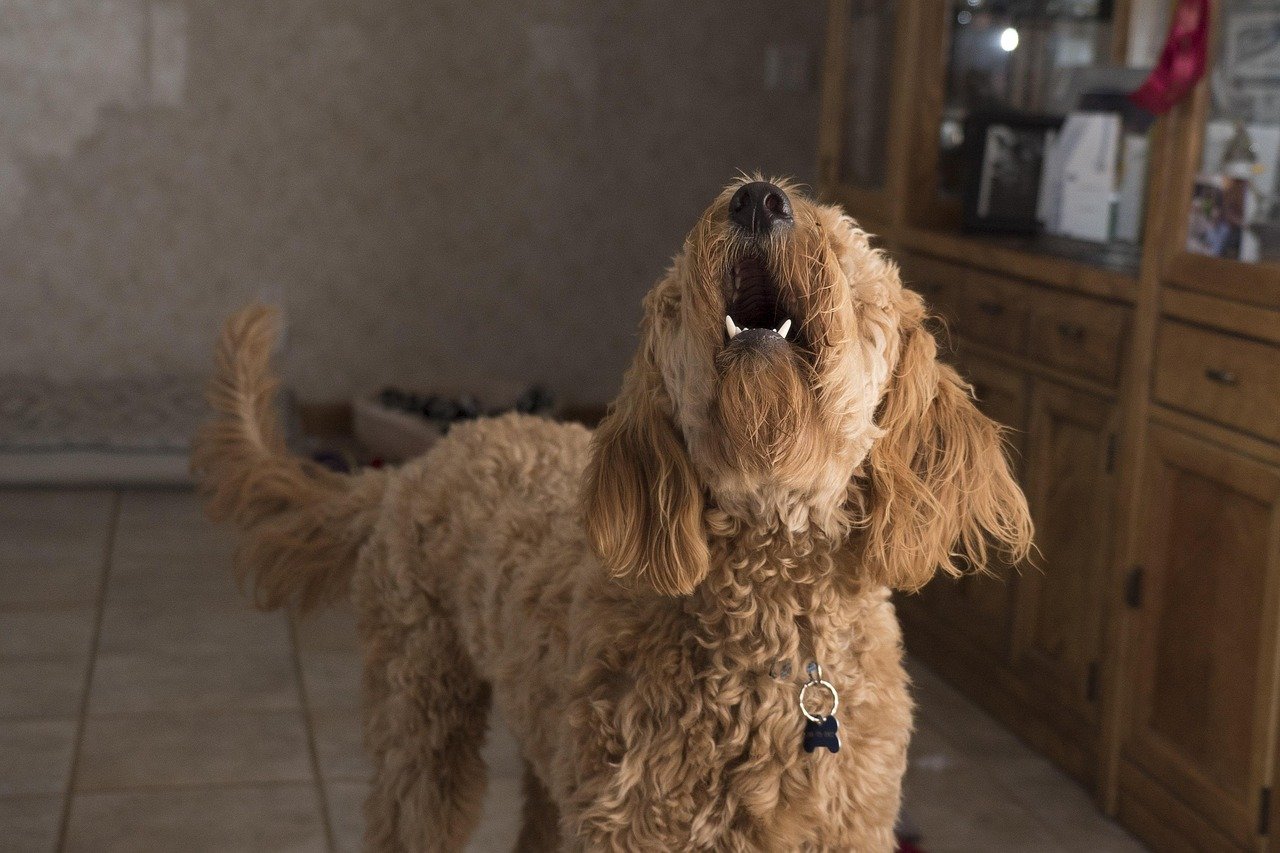
When a dog is anxious, their vocal cords can go into overdrive. Barking, whining, or even howling can be their way of telling you, “Something isn’t right!” Some dogs bark at every little noise or whimper when you leave the room. This vocal anxiety often appears when they feel threatened or left alone. It can be hard to ignore, especially if it’s disrupting your peaceful home or bothering neighbors. Remember, this isn’t just bad behavior—your dog is trying to communicate their unease.
Destructive Chewing: When Stress Hits the Sofa

Ever come home to find your favorite shoes shredded or the couch cushions demolished? Destructive chewing is a common sign that anxiety is bubbling under the surface. Dogs may chew on furniture, shoes, or anything within reach as a way to relieve stress. It’s not about being naughty; it’s self-soothing gone wrong. Puppies might chew when teething, but adult dogs who destroy things are often crying out for help in the only way they know how.
Escaping or Hiding: The Urge to Flee

Dogs who are anxious often look for ways to escape their environment or hide in small, enclosed spaces. Maybe your dog squeezes under the bed during thunderstorms or tries to bolt out the door when you’re not looking. This behavior is driven by a primal urge to seek safety. It can become dangerous if your dog manages to escape outdoors, putting them at risk of getting lost or injured. Hiding is their way of saying, “I need a safe place right now.”
Excessive Licking or Grooming: Stress on Repeat
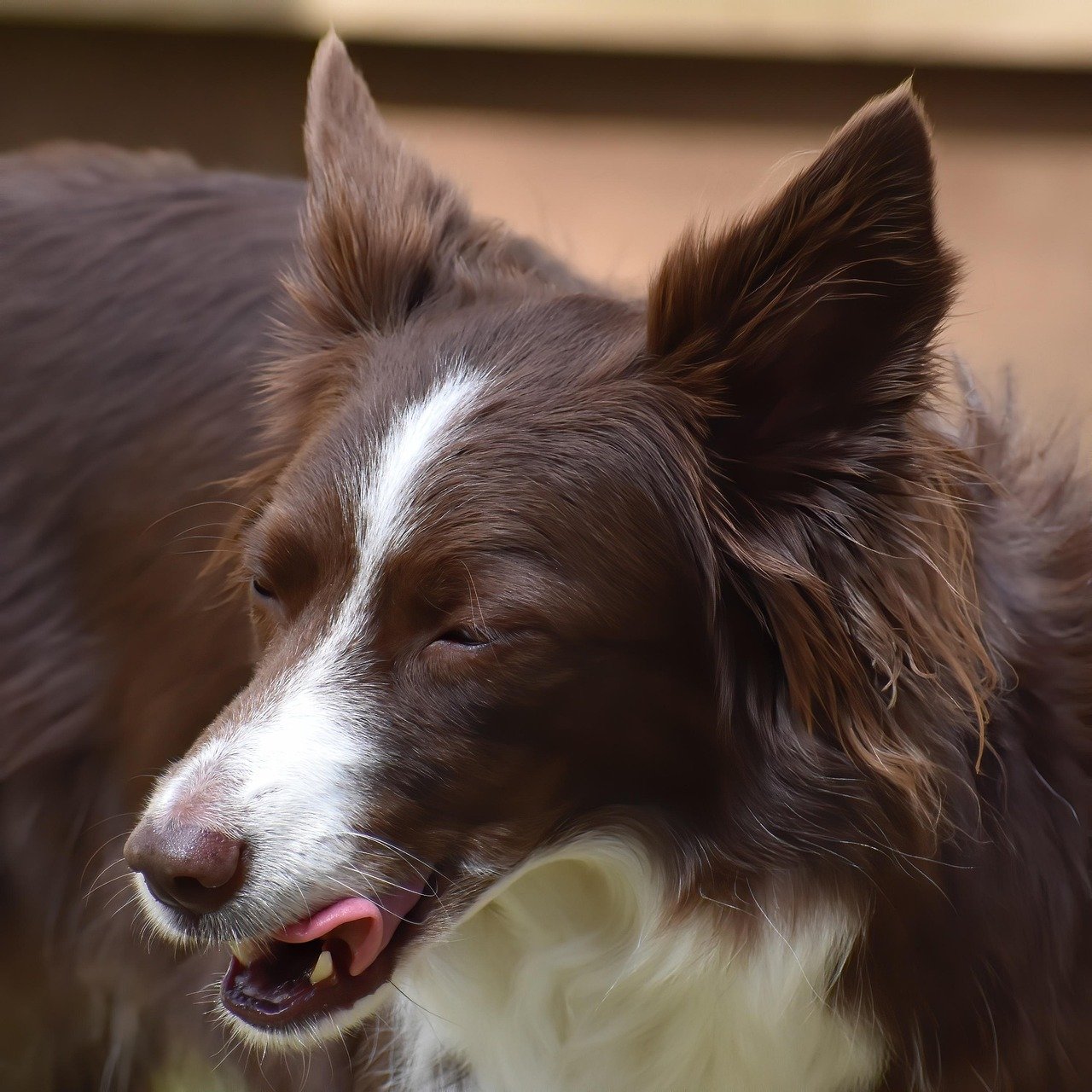
Licking paws, biting fur, or constant grooming can be more than just a quirky habit. When dogs are anxious, they may lick or chew themselves obsessively, sometimes to the point of creating bald spots or sores. This repetitive action gives them a brief sense of relief, but it’s usually short-lived. It’s like humans biting their nails when nervous—except it can have lasting physical effects for your dog.
Loss of Appetite: When Food Loses Its Appeal
If your usually food-motivated pup suddenly turns up their nose at dinner, anxiety could be the culprit. Stress and worry can suppress a dog’s appetite, leading to skipped meals or even weight loss over time. It’s heartbreaking to see a dog lose interest in their favorite treats or meals. If this goes on for more than a day or two, it’s time to consider whether anxiety is at play.
Shaking or Trembling: The Visible Jitters

Shaking or trembling is a clear and often alarming sign of anxiety in dogs. Unlike shivering from the cold, this trembling comes from deep-seated fear or stress. You might notice it during thunderstorms, vet visits, or when your dog is exposed to loud noises. Sometimes, it’s so subtle you only notice it when you touch them. It’s their body’s way of releasing pent-up energy and nerves.
Accidents in the House: Anxiety’s Sneaky Mess
House-trained dogs who suddenly start having accidents indoors may be struggling with anxiety. Stress can disrupt even the best-trained pups, making them lose control of their bladder or bowels. This is especially common in dogs with separation anxiety or those facing big changes at home. It can be frustrating, but remember, your dog isn’t doing this on purpose—they’re just overwhelmed.
Creating a Safe Space: The Power of a Cozy Den
One of the best ways to soothe an anxious dog is by providing them with a safe, quiet spot where they can retreat. This could be a crate lined with blankets, a small room, or even a designated corner with their favorite toys. Think of it as their very own sanctuary—a place where the world’s worries can’t reach them. Giving your dog this kind of refuge can make a huge difference, especially during stressful events like storms or parties.
Consistent Routine: Stability Calms the Mind
Dogs thrive on predictability. Establishing a consistent daily routine for feeding, walks, and playtime can significantly reduce anxiety. Sudden changes, like a different walking route or feeding time, can throw them off balance. By keeping things steady and predictable, you’re giving your dog the security they crave—like a reassuring rhythm in a busy world.
Physical Exercise: Burning Off the Worry
Regular physical activity is a powerful way to release pent-up energy and reduce anxiety. Long walks, play sessions, or games of fetch not only tire out your dog but also help them process their emotions. Think of it like humans going for a run after a stressful day—it’s a healthy outlet for nervous energy. Exercise can work wonders, especially for high-energy breeds or dogs prone to anxiety.
Mental Stimulation: Keep Their Minds Busy
Boredom can fuel anxiety, so keeping your dog’s brain engaged is just as important as physical exercise. Puzzle toys, training sessions, and scent games challenge your dog’s mind, redirecting their focus away from stress. Teaching new tricks or hiding treats around the house can provide hours of entertainment, making anxiety take a backseat.
Calming Music or Sounds: The Soothing Power of Noise
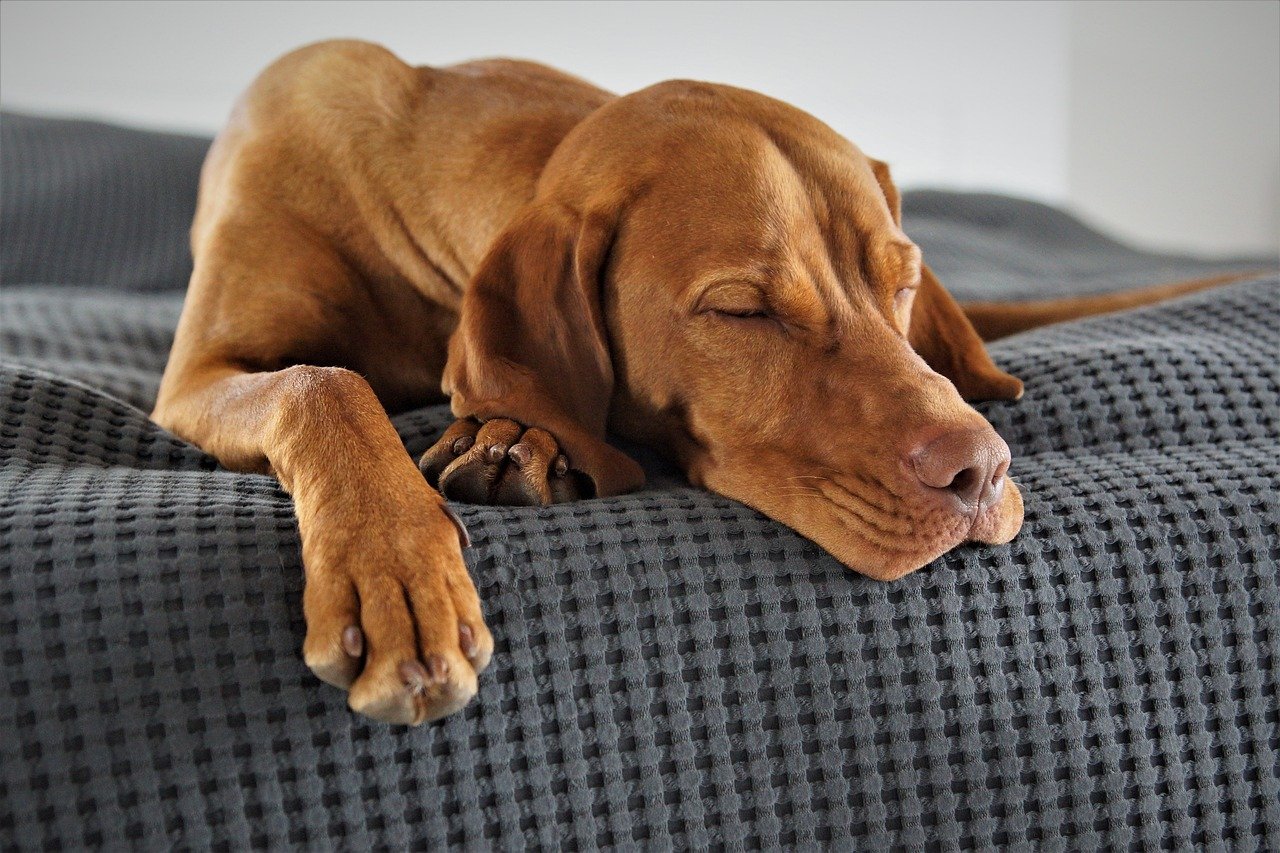
Soft music or white noise can work wonders for anxious dogs. Certain playlists and calming sounds have been designed specifically to relax pets. Playing gentle tunes during thunderstorms or when you’re away can mask scary noises and create a peaceful atmosphere. It’s like a sonic hug—comforting and reassuring when the world feels too loud.
Tactile Comfort: The Magic of Touch
Never underestimate the calming power of your touch. Gentle petting, massages, or even snuggling can reduce your dog’s stress. Some dogs respond well to pressure wraps or anxiety vests, which give a comforting squeeze, much like a hug. Your presence and affection are sometimes the best medicine—don’t be shy about giving extra cuddles on tough days.
Desensitization Training: Facing Fears Gradually

Desensitization involves slowly introducing your dog to their triggers in a controlled, positive way. For example, if your dog fears car rides, start with short, positive experiences and gradually build up. Reward calm behavior and never force them into overwhelming situations. Over time, this gentle exposure can reduce anxiety and build confidence.
Positive Reinforcement: Rewarding Calm Behavior
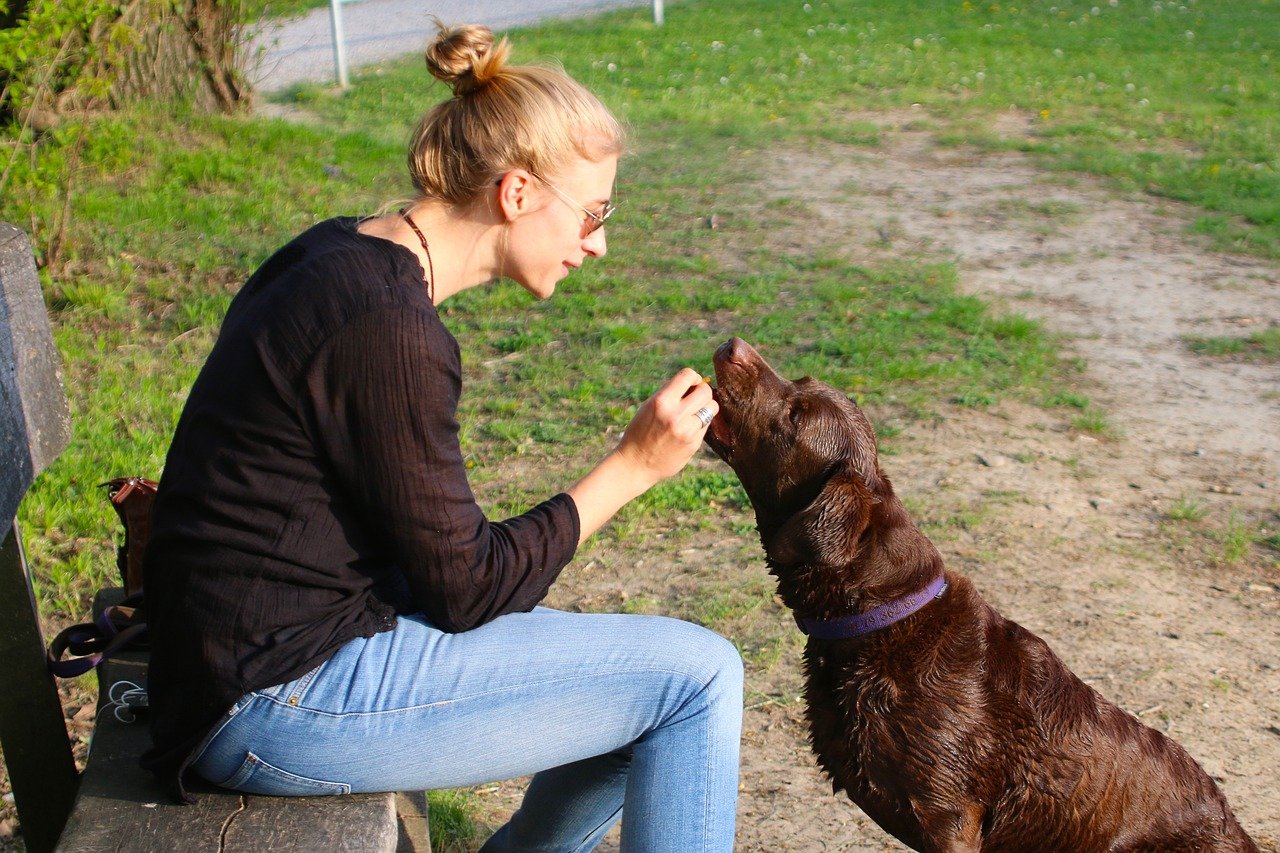
Whenever your dog handles a stressful situation well, reward them with treats, praise, or playtime. Positive reinforcement teaches your dog that calm behavior leads to good things. Instead of scolding anxious actions, focus on celebrating their successes. This not only boosts their confidence but deepens your bond in the process.
Professional Help: When to Call in the Experts

Sometimes, anxiety can be too much to handle alone. If your dog’s anxiety is severe, persistent, or leading to self-harm, it’s time to seek help from a veterinarian or certified dog behaviorist. They can rule out medical causes and create a tailored plan for your dog. Medication or advanced training techniques might be recommended in extreme cases. There’s no shame in asking for help—your dog’s happiness is worth it.
Natural Remedies and Supplements: Gentle Ways to Soothe
Some dog owners find relief in natural solutions like pheromone diffusers, herbal supplements, or calming treats. Products containing ingredients like chamomile, valerian root, or CBD are becoming more popular for managing mild anxiety. Always check with your vet before introducing any new supplement to make sure it’s safe for your dog. These gentle aids can offer extra comfort, especially when paired with lifestyle changes.
Conclusion: Your Calm Matters- Be the Steady Anchor

Dogs are incredibly tuned in to our emotions. If you’re anxious, your dog will likely feel it too. Practicing your own calm, steady presence can make a world of difference for your furry friend. Take deep breaths, speak softly, and show your dog that everything is okay. Sometimes, the best thing you can do is simply be there—steady, loving, and unshakable.
Helping an anxious dog doesn’t have to be overwhelming—it just takes some patience, understanding, and the right tools. Now that you know the signs and how to soothe them, you’re already ahead of the curve. Every pup is different, so finding what works best might take a little trial and error. But with your support, your dog can feel more secure and relaxed. After all, a calm dog is a happy dog—and that makes for a happy pet parent too.
Jen is a passionate nature lover and ocean conservationist. She has dedicated her life to protecting the environment and preserving the beauty of the natural world. Growing up in a small coastal town, Jen sincerely appreciated the ocean and its inhabitants. She has spent countless hours exploring the shoreline, learning about the creatures that inhabit the waters, and advocating for their protection. Jen is an active member of ocean conservation organizations, and she is committed to educating the public about the importance of conserving wildlife and the natural environment.





